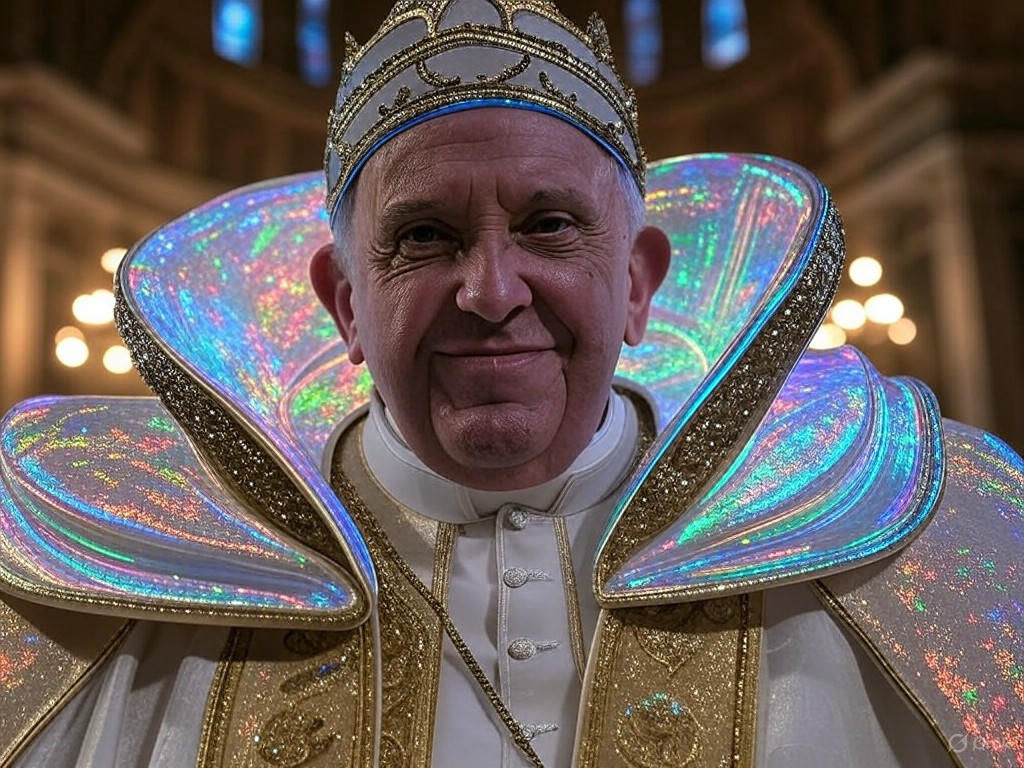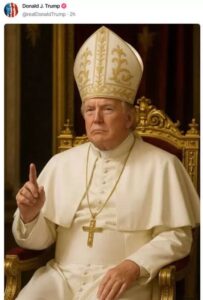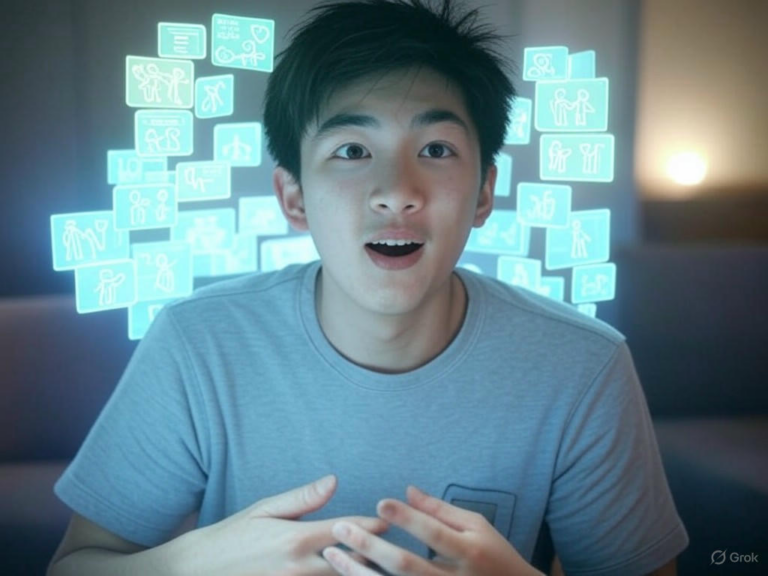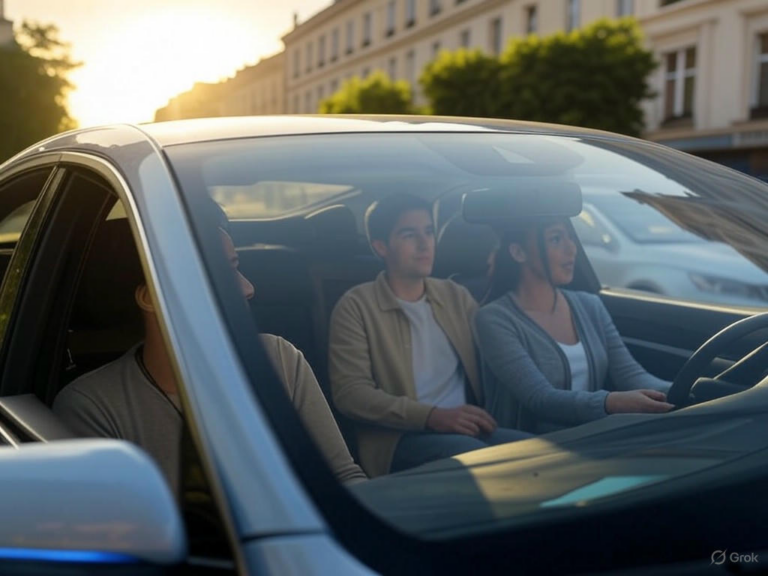
Trump AI Pope Image Sparks International Criticism Ahead Conclave
The Rising Storm Around the Trump AI Pope Image
An AI-generated image of Donald Trump dressed as the pope has erupted into a global firestorm, appearing just days before the Vatican’s papal conclave. This provocative post on Trump’s Truth Social account came amid the mourning for Pope Francis, who passed away at 88, drawing sharp rebukes from religious figures, politicians, and the public. Have you ever wondered how a single digital creation could stir such intense emotions? It’s a stark reminder of how technology intersects with deeply held beliefs, amplifying the Trump AI pope image controversy at a time when the world is watching the Catholic Church’s next chapter unfold.
Background: The Context Fueling the Trump AI Pope Image
Pope Francis’s death on April 21 from a stroke left millions grieving, with his funeral drawing international leaders to Vatican City on April 26. Just days later, Trump shared the altered photo of himself in papal robes, coinciding with preparations for the conclave set for May 7, where cardinals will select a new leader. This timing added fuel to the debate, as Trump’s casual remark to reporters—“I’d like to be pope, that would be my number one choice”—echoed in the background, though he later claimed no strong preference.
It’s fascinating how these moments collide; one minute, we’re reflecting on a religious icon’s legacy, and the next, a political figure injects humor that lands with a thud. The Trump AI pope image didn’t just pop up in isolation—it rode the wave of Trump’s ongoing style, blending showmanship with social media savvy, which has always divided opinions.
Trump’s Words That Set the Stage
After returning from Rome, Trump’s quip about wanting to be pope might have been meant as light-hearted banter, but in the somber aftermath of a pope’s passing, it felt tone-deaf to many. Critics argued it disrespected the gravity of the moment, while supporters saw it as Trump’s signature irreverence. This exchange highlights the fine line between satire and sensitivity, especially when AI tools make such images so easy to create.

The Viral Spread and Immediate Reactions to the Trump AI Pope Image
The image showed Trump in elaborate white and gold robes, making a thoughtful gesture, and it spread like wildfire across platforms. Without a caption, it still screamed provocation, prompting a mix of laughter and fury from users worldwide. Within hours, the Trump AI pope image was trending, with responses ranging from memes to serious condemnations.
Some viewed it as harmless fun, a satirical nod to Trump’s bold personality, but others, particularly within the Catholic community, decried it as outright disrespect. Imagine scrolling through your feed and seeing a former president photoshopped into a sacred role—it’s jarring, isn’t it? This duality in reactions underscores why the Trump AI pope image became such a flashpoint for broader discussions on digital ethics.
Balancing Humor and Offense
Supporters often defend such posts as clever satire, arguing that Trump’s history of viral content keeps things entertaining. On the flip side, Catholic leaders and everyday believers found it offensive, especially with the conclave looming as a time for reflection. Poll after poll shows how these incidents can alienate groups, and in this case, the backlash was swift, with critics calling it “unserious” and “mocking.”
- Proponents might say it’s just Trump’s way of engaging his base, but detractors point to the harm in trivializing religious symbols.
- This event also raises questions: How do we draw boundaries in an era where AI can manipulate reality so seamlessly?
- It’s a cautionary tale for anyone using social media—think twice before posting something that could spark unintended controversy.
Responses from Catholic Leaders and Political Figures
The Trump AI pope image didn’t stay confined to online echo chambers; it drew formal rebukes from high-profile voices. The New York State Catholic Conference, representing bishops, issued a strong statement: “There is nothing clever or funny about this image. We just buried our beloved Pope Francis and the cardinals are about to enter a solemn conclave to elect a new successor of St. Peter. Do not mock us.”
This reaction echoed across the globe, emphasizing the need for respect during times of loss. Political figures joined in, amplifying the criticism and highlighting how the incident reflects broader issues in leadership and decorum.
Stern Words from the Faithful
Catholic communities worldwide felt the sting, with many seeing the image as a direct affront to their traditions. Leaders like those in the conference urged for sensitivity, reminding us that faith isn’t just personal—it’s communal and deserves protection from digital frivolity.
If you’re part of a religious group, you might relate to how something like this can feel invasive. It’s not just about one image; it’s about preserving the sanctity of moments like the upcoming conclave.
Politicians Weigh In
- Former RNC chairman Michael Steele called it out, saying it “affirms how unserious and incapable [Trump] is,” a sentiment shared by many who prioritize substance over spectacle.
- Harry Sisson, a content creator, criticized the focus on viral stunts instead of real issues like economic challenges, asking: Wouldn’t our time be better spent addressing what’s truly important?
- Even Vice President JD Vance, as a new Catholic convert, had met with Pope Francis, underscoring the administration’s ties to the Vatican and adding layers to the debate.
AI-Generated Images: A Growing Storm in Politics
The Trump AI pope image isn’t an isolated event; it’s part of a larger trend where AI fuels political controversies. Back in February, a similar altered image of Trump as a king circulated during policy debates, showing how these tools are becoming weapons in the culture wars.
As AI technology advances, it’s easier than ever to create convincing fakes, raising ethical questions about misinformation and respect. This incident serves as a wake-up call: How can we use AI responsibly without letting it erode trust in public discourse?
The Double-Edged Sword of AI in Satire
AI offers endless possibilities for creativity, from satire to education, but when applied to sensitive topics like religion, it can backfire spectacularly. Experts warn that unchecked use during emotional periods, such as national mourning, can deepen divisions and spread harm.
- Think about it: What if every disagreement turned into a viral AI edit? It could turn debates into digital battles, blurring the lines between fun and fabrication.
- Strategies for better AI use might include fact-checking tools or guidelines for public figures to avoid inflammatory content.
- The Trump AI pope image exemplifies this risk, showing how quickly something meant as a joke can spiral into global criticism.
The Social Media Explosion
Online, the Trump AI pope image ignited a massive debate, with groups like “Republicans Against Trump” on X reposting it and labeling the situation as “full-on lunacy.” Hashtags flew, opinions clashed, and the conversation dominated feeds for days.
People argued over whether it was self-aggrandizement, harmless fun, or a genuine slight against Catholic traditions, turning platforms into arenas for deeper societal reflections.
Shadows Cast on the Conclave
As cardinals prepare for the conclave, this digital drama threatens to distract from the event’s spiritual focus. Many worry that such controversies could undermine the unity and reverence typically associated with electing a new pope, potentially influencing public perception for years.
It’s a pivotal moment: How will the Church navigate modern challenges like AI while upholding its core values? This question lingers as the world tunes in.
Frequently Asked Questions
- Was the Trump AI pope image real?
No, it was created using AI technology, not an actual photo, which highlights the growing ease of digital alterations. - Has Trump responded to the criticism?
As of now, he hasn’t issued a formal statement beyond the original post, leaving many to speculate on his intentions. - What exactly is a papal conclave?
It’s the private gathering of cardinals in the Vatican to choose the next pope, a process steeped in tradition and secrecy. - Why did the timing matter so much?
The post came right after Pope Francis’s funeral and before the conclave, a period of heightened emotion and global focus, making the Trump AI pope image feel particularly ill-timed.
Wrapping Up: The Lasting Echoes of the Controversy
The Trump AI pope image debate reveals the fragile balance between technology, politics, and religion, leaving a mark on how we handle sensitive topics in the digital age. For Catholics, it’s a call to protect their traditions; for society, it’s a lesson in the power of AI to unite or divide. As the conclave approaches, let’s consider how we can foster more respectful online interactions—perhaps by pausing before sharing something controversial.
What are your thoughts on this incident? Share in the comments below, and if you’re interested in more on AI ethics or global events, explore our related posts. Thanks for reading—your engagement helps us keep the conversation going.
References
- People Magazine. “Donald Trump Shares Fake AI Photo of Himself as the Pope.” Link
- GV Wire. “Do Not Mock Us: Trump’s AI Pope Photo Draws Backlash from Catholic Leaders.” Link
- Pittsburgh Post-Gazette. “President Trump AI Image as Pope Draws Vatican Conclave Backlash.” Link
- YouTube Video. “Related Discussion on AI and Politics.” Link
- Deccan Herald. “President Trump Posts AI-Generated Photo of Himself in Papal Attire.” Link
- YouTube Video. “AI Ethics in Public Discourse.” Link
- ArticleGPT. “AI-Generated Content Insights.” Link
- Greek City Times. “Trump’s AI-Generated Papal Photo Sparks Controversy.” Link
Trump AI pope image, papal conclave, AI controversy, religious backlash, Truth Social viral, Vatican criticism, digital ethics, political satire, global outrage, AI in politics







